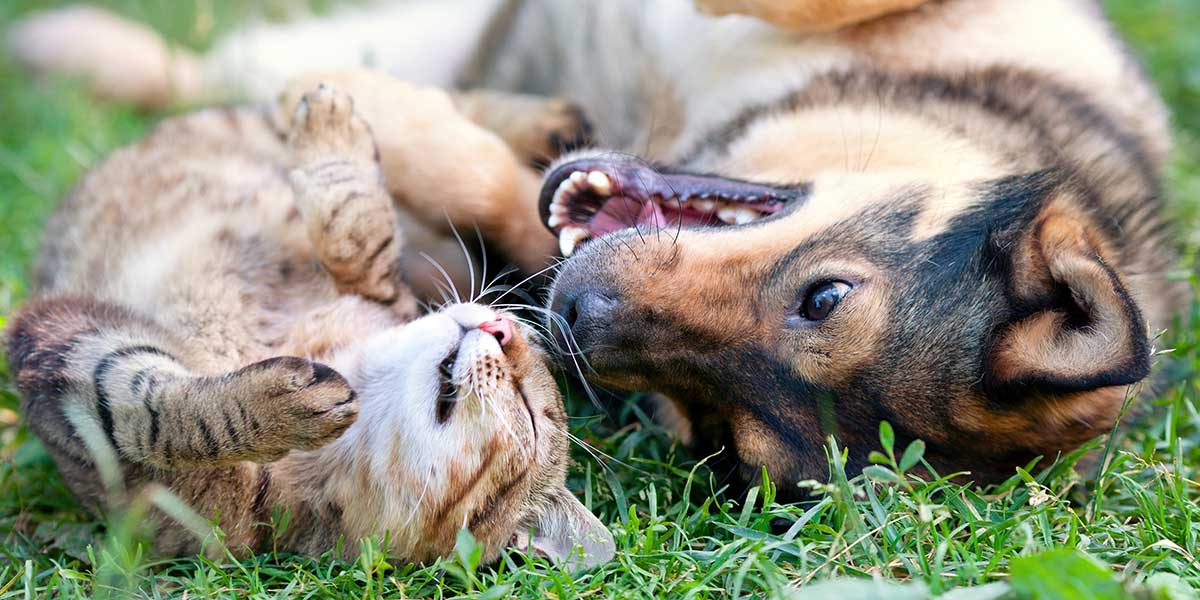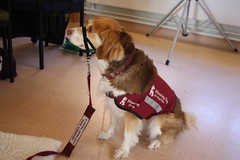Every kid should be able to have a pet. Pets can play a huge role in teaching your child responsibility, while providing many years of love and great fun. Unfortunately, allergies can get in the way. Some studies show that 15% of Americans are allergic to animals. Even people who aren’t allergic to certain animals can develop symptoms over time. It’s very important to be careful when selecting the perfect pet for your allergy-prone child.
Just remember that when your child has a pet allergy, the best solution is for him/her to stay away from the pet whenever possible. Conversely, if you get a pet, your child will not be able to stay away. Make sure to keep all the areas clean, and assign designated pet areas.
Below you will find two categories containing potential pets!
Cold-blooded

Cold-blooded animals are the safest choice for a child with allergies. Although they don’t provide the furriness and warmth that an ideal pet may have, they can still make for a interesting, fun pet. Some kids want them even more than common pets!
Most frogs, fish, and lizards are fairly easy to care for. Their maintenance and food costs are very low. And the less your child handles their choice of cold-blooded pet, the lower their chances of getting sick. Don’t worry, children can still form a bond with cold-blooded animals!
Warm-blooded

Warm-blooded animals are a trickier, riskier choice. For children with allergies, a choice of a hamster, guinea pig, or dog will fall into this category. Make sure to avoid cats! They’re allergy magnets.
Some children may experience allergic symptoms around hamsters and guinea pigs, but the reactions could be decreased greatly if the cage is cleaned often. As for dogs, there’s good news! You may have heard that some dogs are “hypoallergenic.” There is no solid research proving this term true, however, some dogs will work a lot better than others for your child’s allergies. Consider small and medium sized dogs, like a poodle or a maltese. Keep them and their areas clean, as well as air filters in your home, and you may be good to go. Remember, if you’re allergic to one dog, you’re allergic to them all. So be careful!
Remember to keep your home and air clean, and have fun with the pet of your choice! Please remember that there are no perfect animals to go hand-in-hand with kids who have allergies. Your child’s safety is the most important, and if it means not having a pet in the home, it will be much better than your child developing serious health issues.
Lisa Podwirny is the owner of Ketchum Mfg. Connect with her on Google+!










![Blueberry_Cluster[1]](https://blog.ketchummfg.com/wp-content/uploads/Blueberry_Cluster1-300x231.jpg)




